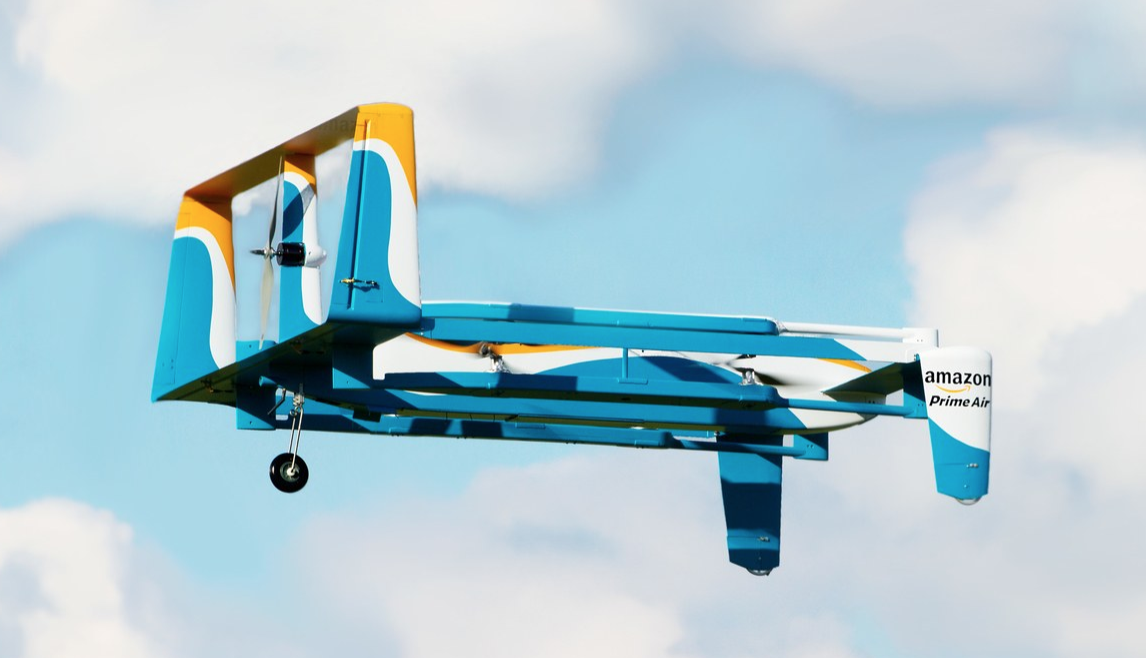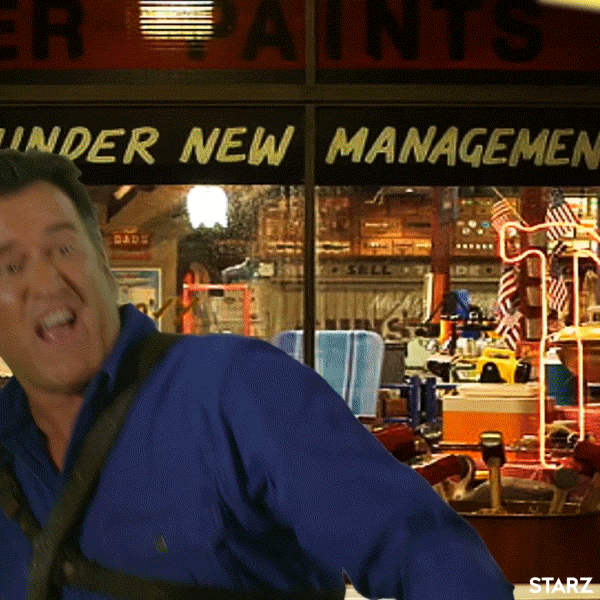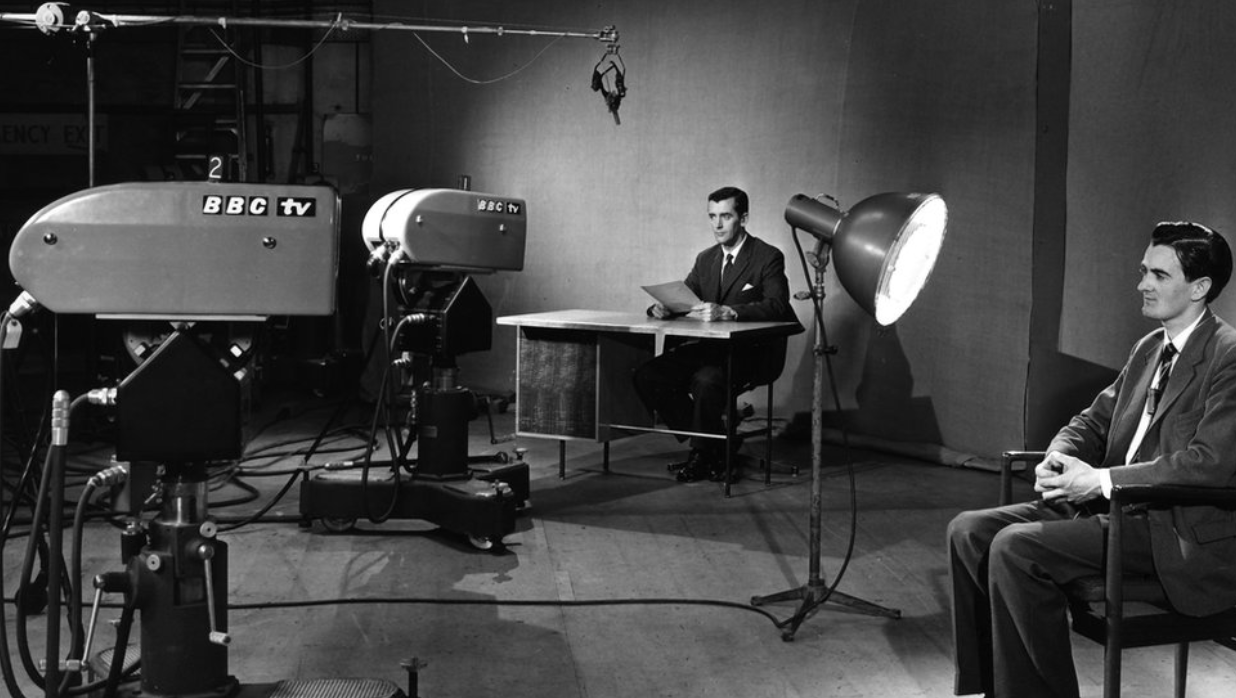
Ferrari sales in Australia are up 17% on last year. While new car sales are down 3 percent. A new Gulfstream private jet has a 2 year wait list. By all accounts the one percent are doing well. But there’s another 1 percent out there which doesn’t get nearly as much attention.
This is the 1 percent who take the time and effort to invest in themselves. The few who understand the gift technology has given us to transform. This is the 1 percent who:
- Re-educate themselves on changes in their industry
- Turn up to the free learning event on hot topics like E-sports, Blockchain or Artificial Intelligence
- Learn anything, for free, on-line
- Do night projects
- Start a side business
- Tap into the world’s best thinkers who publish their ideas for free
- Read the book and not just the blog post
- Listen to podcasts instead of FM banter
- Aren’t concerned about keeping up with the Kardashians
All of which have the very low price tag of allocating spare time differently.
These people realise that even though there are income disparities, an eroding middle class, and change which will disrupt jobs – they’ve also been given a choice. A choice to change and adapt with the market as it moves on. A choice to be the person who invests small and frequent amounts of time to know more, become more and reduce their income risk when that change finally hits. This other one percent are thankful for the dignity of choice to ‘upgrade our skills’ we’ve all been given, and they’re taking it.
And the others? Well, they just watch the next season of that tv show they watched last year, with those people fighting each other to win some cooking battle, get voted off an island or marry someone they don’t even know. They opt out of their life and start living someone else’s.
Sure, it’s tough when the rules of business, life and the market change. But it would be tougher if we didn’t have all the choices we do to do something about it.





